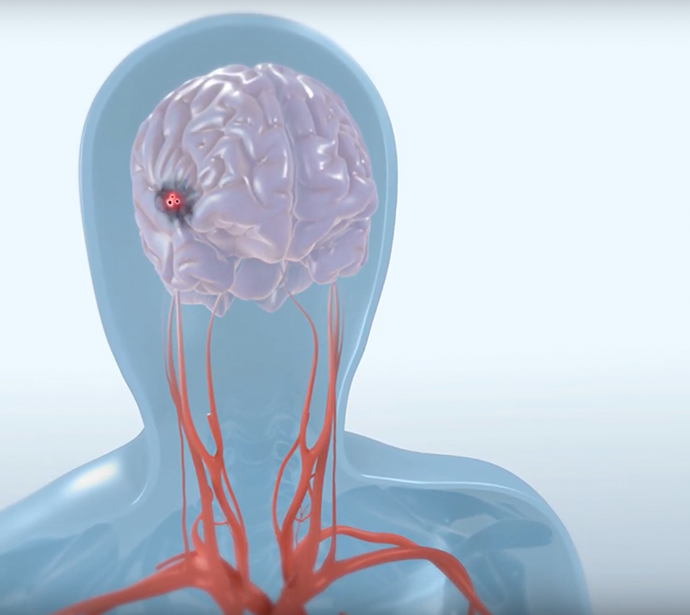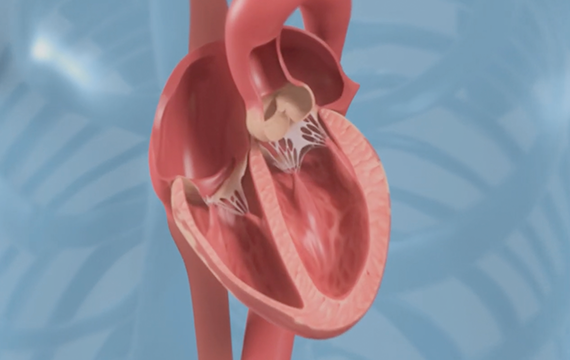Minimize the risk of stroke during the TAVR procedure with Cerebral embolic protection

Patient guide to severe aortic stenosis
Learn more about your treatment options and aortic stenosis.
Resources
Find frequently asked questions, helpful checklists, informational brochures, and other resources to help you navigate your diagnosis and next steps.
Illustrations for information purposes – not indicative of actual size or clinical outcome.
- Bach D, Radeva J, Birnbaum H, et al. Prevalence, Referral Patterns, Testing, and Surgery in Aortic Valve Disease: Leaving Women and Elderly Patients Behind. J Heart Valve Disease. 2007:362-9.
- Iivanainen A, Lindroos M, Tilvis R, et al. Natural History of Aortic Valve Stenosis of Varying Severity in the Elderly. Am J Cardiol. 1996:97-101.
- Aronow W, Ahn C, Kronzon I. Comparison of Echocardiographic Abnormalities in African-American, Hispanic, and White Men and Women Aged >60 Years. Am J Cardiol. 2001:1131-3.
- https://www.ncbi.nlm.nih.gov/pmc/articles/PMC5317356/
The information presented in this document by Boston Scientific India is for educational purposes only for patient/family member of the patient who is planning to be impl anted with Boston Scientific’s device based on the judgement of Healthcare professional and cannot be circulated further. Healthcare professional holds the responsibility to share the information as deemed appropriate with the patient/family member of the patient. The information should not be treated as comprehensive and does not intend to provide diagnosis, treatment or any medical advice. Responsibility for patient care resides with the healthcare professional on the basis of his or her professional licence, experience and knowledge of the patient. Healthcare professionals must rely on their judgment when deciding which treatments and procedures to use with patients. Individual results may vary and hence, it is advisable to consult your doctor or other qualified health care professional regarding any medical or heal th related diagnosis or treatment options.


















